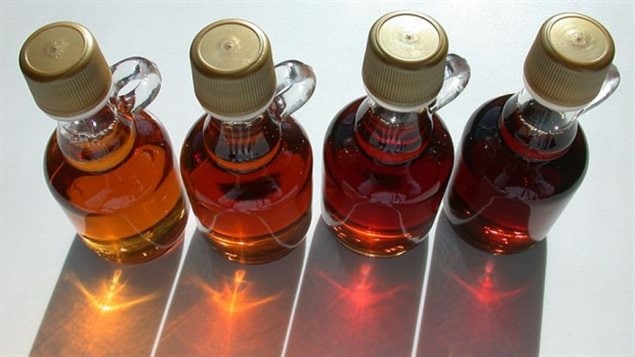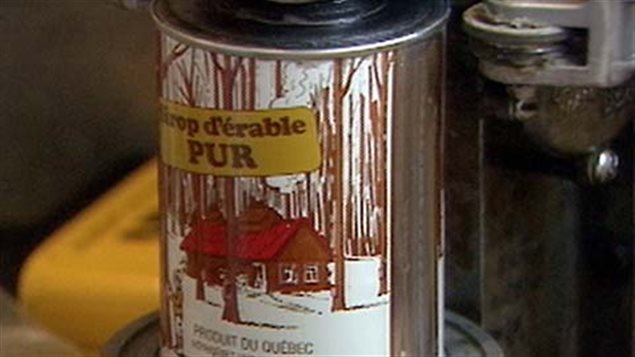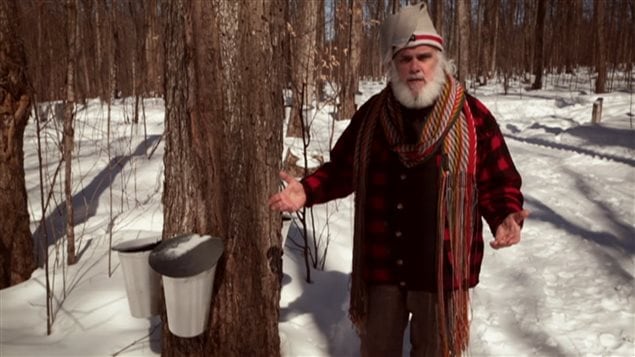New rules on labelling coming
Canadian whisky has been an international hit, and Canadian wines are winning world awards, but the sweetest thing to come from Canada is maple syrup. Not only sweet, but completely natural, and even a very healthy alternative to sugar.
Canada produces about 84% of the world’s maple syrup, the rest coming from north-eastern US states.

Because its so sought after, there are a lot of fake syrups, and corn-based pancake sweeteners.
Now after ten years of discussions among producers, food regulators, and government officials, some new rules are coming out to better define syrup quality and make it harder for syrup fakers.
To be phased in over the next two years will harmonize the grading system, classification by colour, and “flavor descriptions” on the labels for consumers can know how the various colours will taste.
Senator Nancy Greene Raine says the new regulations will also help marketers of pure maple products crack down on fraudsters who sell maple syrup that is often little more than flavoured sugar water.
The new regulations will include a standard for what constitutes “pure maple syrup” so consumers can know what’s real and what’s fake.
As an example, Senator Greene says “If you’ve ever been to a street market in Paris, for example, some of them have signs advertising ‘pure Canadian maple syrup,’ when what they are selling doesn’t actually contain much maple syrup at all. It’s mostly sugar water. They won’t be able to do that anymore. It’s fraud.”

The lightest colour comes at the beginning of the season when the tree awakens, and as the season advances the sap gets darker with a more pronounced taste.
It takes 45 litres of the watery sap to produce one litre of syrup.
The Canadian syrup market and spinoff industries are worth about $1 billion annually.







For reasons beyond our control, and for an undetermined period of time, our comment section is now closed. However, our social networks remain open to your contributions.